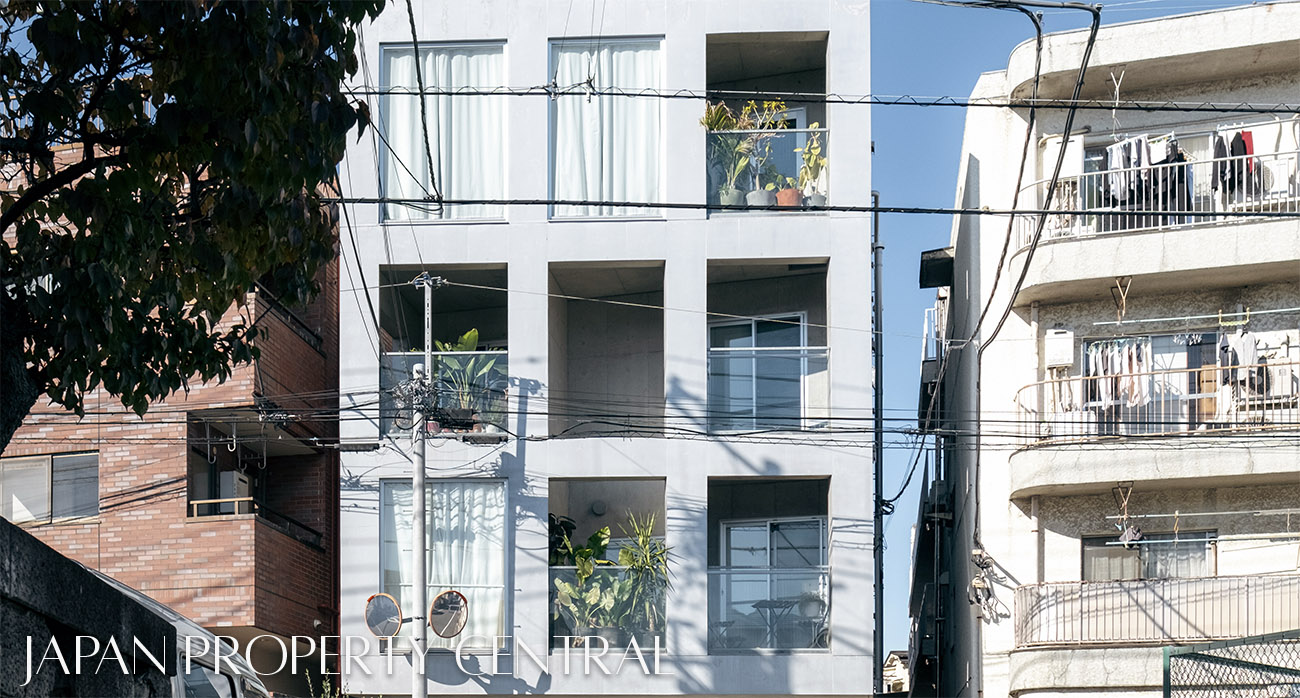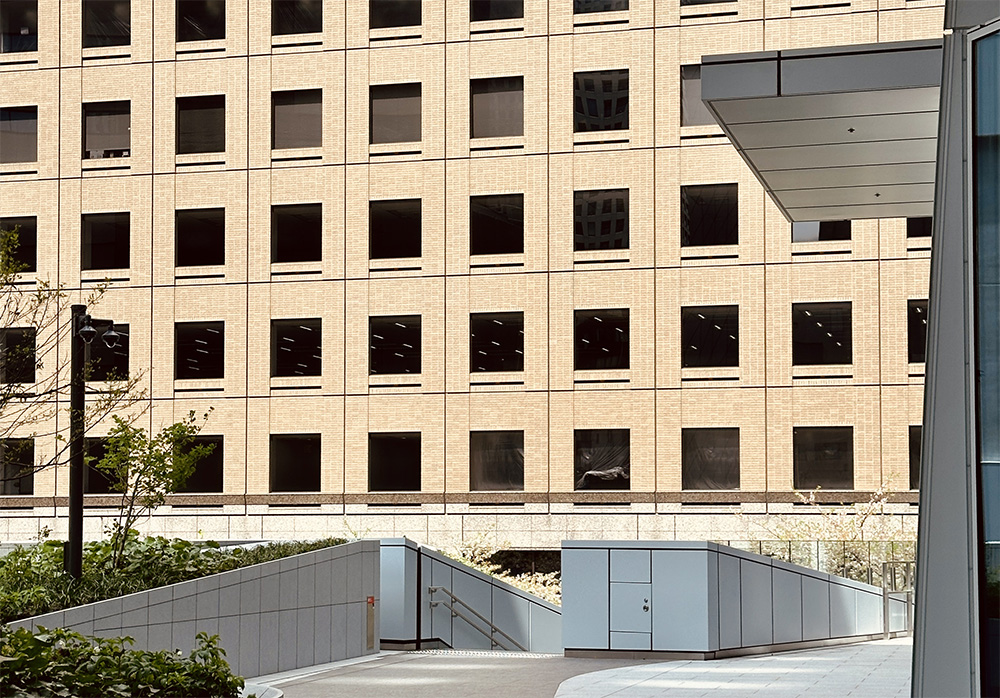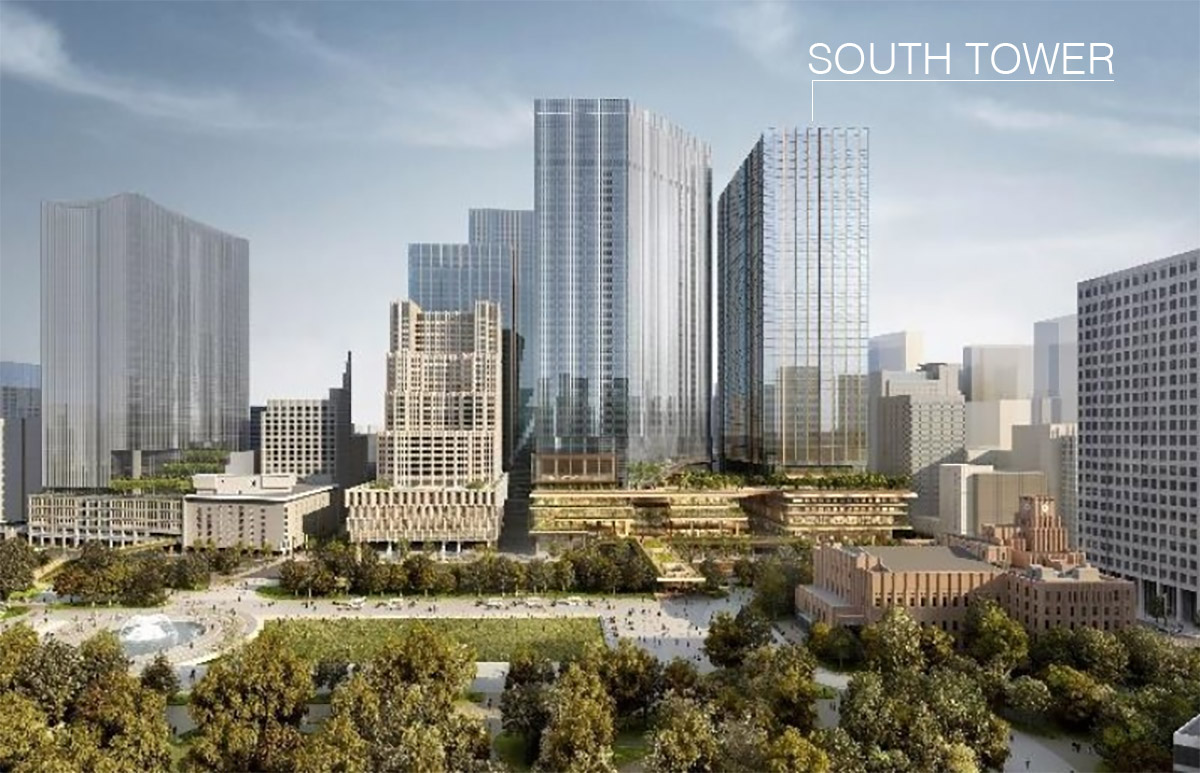To gain a bit more insight into Tokyo’s multi-family market, we took a sample of 20 apartment buildings currently advertised for sale across Tokyo’s 23 wards, each priced above 1 billion Yen and with at least 10 units per building.
Yields
The average gross rental yield, based on an assumed full occupancy, was 3.58%. For buildings less than 10 years old it was 3.45% and 4.88% for buildings over 30 years old.
The more central the location, the lower the yield. The average in Shibuya ward, for example, was 2.89%. In Setagaya it was 3.50%.
Pricing
Pricing will naturally vary widely depending on building age, overall size, and location. Using a US-focused metric such as price-per-unit shows a large range from 16 million to 150 milion Yen, but this fails to account for the variation in apartment sizing and the distribution of apartment types within each building. Standard investor-oriented multi-family buildings tend to contain mostly small studio apartments of around 25m2 suitable for single occupants, often with a few larger one and two bedroom apartments on the higher floors. Some buildings may be entirely studios, while others may be focused more on one and two bedroom layouts.
A typical multi-family building currently for sale in Tokyo may have around 20 apartments, a GFA of around 950m2 (10,220 sq.ft), and be priced around 1.3 billion Yen (approx. US$8.7 million). Of course, this is an average and there will be some significant variance building-to-building.
Why are yields so low?
On paper, yields on real estate in Tokyo are at historic lows. But, the uniquely low interest rate environment makes real estate appealing for investors.
Yields across most real estate asset types in Tokyo have been shrinking consistently since around early 2010, and it’s due primarily to record low borrowing costs and low government bond yield rates, as well as rising property prices due to improving economic conditions, and a lag in rental growth due to both tenant protection laws and fairly flat wages.
Investors looking for higher yields may have to consider older apartment buildings, e.g. those built in the 1980s and 1990s, more distant locations or other cities entirely, or alternative uses for residential such as conversions to furnished monthly rentals, although they will require a more attentive level of management, marketing, and can be more location-dependent than standard rentals.
*Unfortunately, typical listings only provide gross rental yields. Calculating cap rates requires obtaining specific property details from the sellers or listing brokers, and sometimes only after submitting a confidentiality agreement.
![]()





